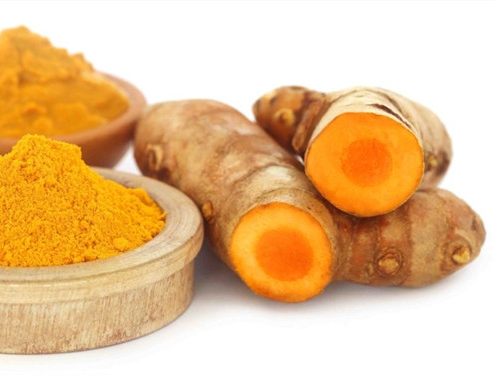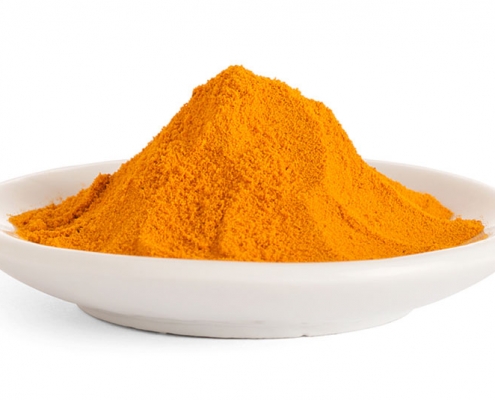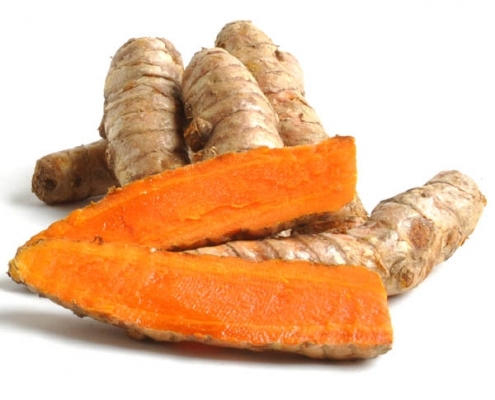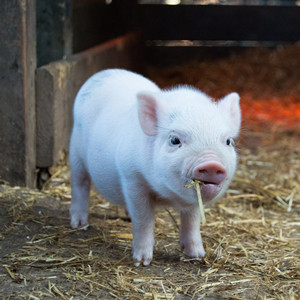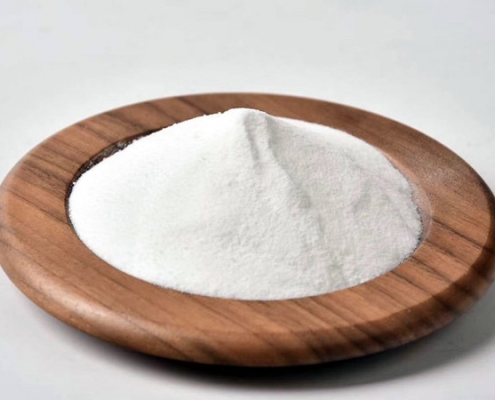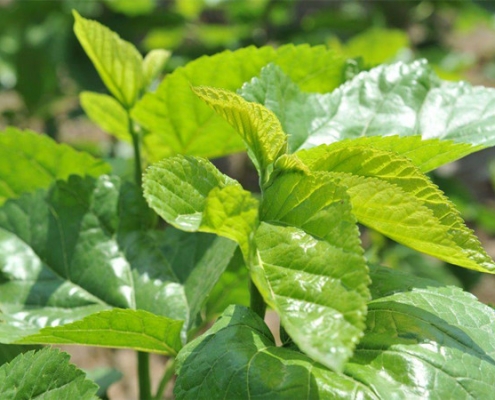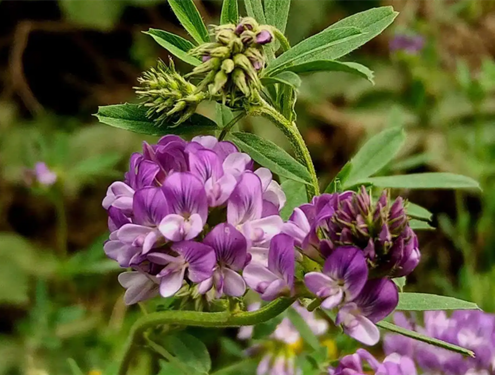Turmeric is a ginger plant that grows in India and areas of Southeast Asia, it is slightly spicy a bitter yet sweet taste, similar to ginger, has long been used as a dietary spice. The rhizome of turmeric is irregular ovoid – round, cylindrical or findle-shaped, often curved, with short – forked branches, 2-5cm long, 1-3cm in diameter. The surface is dark yellow, rough, with crinkled texture and obvious links, and rounded branching marks and fibrous root marks. The hard texture is not easy to break, section is brownish yellow or bright yellow, the epidermis is shiny, there are obvious ring lines.
Turmeric has a long history of use in traditional Chinese medicine and in Ayurveda. Curcumin is a kind of low molecular weight polyphenol compound “Curcuminoids” isolated from turmeric primarily in 1870. We can say that Curcumin is an active additive that is extracted from the root of turmeric with organic solvent and refined by physical method. Studies have shown that turmeric extract can help control chronic back pain by inhibiting the production of inflammatory markers and decreasing the level of oxidative stress in the body. In addition, turmeric’s antioxidant and anti-inflammatory properties may help protect the body against heart disease and other diseases caused by oxidative stress.

